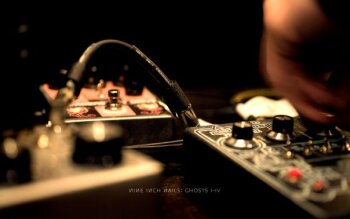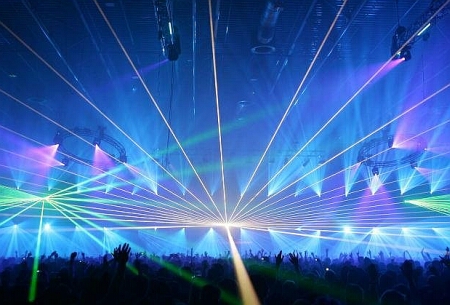Musician: record disc
 Suppose you already have your own band with a permanent musical composition and you have few simple rehearsals and performances in small clubs. Your goal is to record an album. But to record high-quality material will require studio conditions and certain costs for studio time and the work of the arranger. How much will it cost and is it possible to reduce costs?
Suppose you already have your own band with a permanent musical composition and you have few simple rehearsals and performances in small clubs. Your goal is to record an album. But to record high-quality material will require studio conditions and certain costs for studio time and the work of the arranger. How much will it cost and is it possible to reduce costs?
The usual studio process consists of three main components – recording, mixing and mastering. Even professional musicians usually need at least half a working day to record a batch for one song. Imperceptible blemishes during live performance in studio conditions are of great importance and negatively affect the recording: the phonogram needs to be cleaned from extraneous noise, to glue together good moments from a dozen duplicates into one perfect one, with the help of dynamic and spatial processing to make it as real as possible and much more. As a result, we get at least four hours only for recording duplicates of one batch at an average price of $ 15 per hour, which will be about $ 60 per person. At such rates and the standard composition of the group of four members only the recording of one song will be at least $ 240. But more studios need to pay for mixing and mastering, which cost much more than two hundred dollars. These stages, as a rule, are paid at a fixed, rather than at an hourly price; the average studio will ask for each of them about three hundred or five hundred dollars per track. It is not difficult to guess how much the recording of the entire album can result in. But not everything is so pessimistic as it may seem at first – if the budget does not imply such costs at all, then you can try and save. And the only stage that can be neglected in this case, oddly enough, is the record. Do not forget that “having rested” on it you can get a result much worse than when recording at a professional studio, but in the absence of funds this option is quite acceptable. All you need to do is take off the necessary time (for example, the same four hours, but not less!) Rehearsal point in which there are elementary conditions for recording, such as good sound insulation, a dynamic microphone, a mixer and a computer. With an average price of no more than 500 rubles for three hours full time at such a point will cost you the price of two studio. It will be possible to bring the material into the necessary condition already when mixing at the studio by correcting the timbre and trimming the excess with equalization, bringing it to the desired density with compression and so on. The main rule in such work is the absence of amateur performance. All parts must be recorded “empty”, without dynamic and spatial processing – the arranger will impose them himself, already on the final doubles. The myth that studio mastering will be able to correct any flaws, unfortunately, remains a myth – having recorded the material with any “improvers”, you have great chances of doing a job and only lose money by spoiling the material.
If some important aspects for recording are missing at the rehearsal base, such as sufficient sound amplification, the ability to “remove” guitar and drums with microphones, etc., do not try to experiment and write the guitar parts in line. If you or at the point have a good guitar processor – use it. And having brought to the studio untreated guitar parts, you can get the sound you want with minimal losses using the re-amp service. Your finished part will be re-passed through a good amplifier and re-recorded the “line” part, and also “removed” the sound with high-quality microphones from the guitar cabinets, mixing it up with the second part. Thus, from one “idle” path you will get two quality processed ones.
As for the drum line, in the absence of conditions for recording, such as a sufficient number of microphones and channel-by-channel recording of each element of the drum kit, the use of computer drum machines and samplers (for example, Spectrasonics Stylus groove machine, Steinberg Halion samplers) would be the most appropriate option. Native Instruments Battery and others). You can fill the drum part even at home on a regular computer into a separate MIDI file and, in this case, your home conditions will not matter, since MIDI is just a circuit, and you can choose suitable samples for it at the studio during intelligence.
It is worth noting that it is equally important in the hands of which studio you give the material. When choosing a studio, be sure to pay attention to the availability of equipment necessary for recording your project and experience in the required style – even an expensive studio specializing in jazz is unlikely to meet the demands of a death-metal project and vice versa.
The final stage, mastering, can be the most expensive recording budget. There is probably not a single musician who would not have thought about whether he is needed at all and why it is so expensive.




